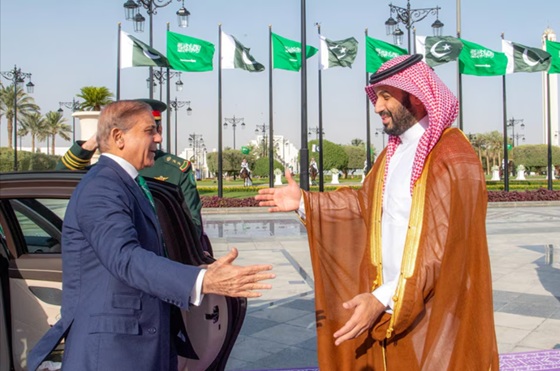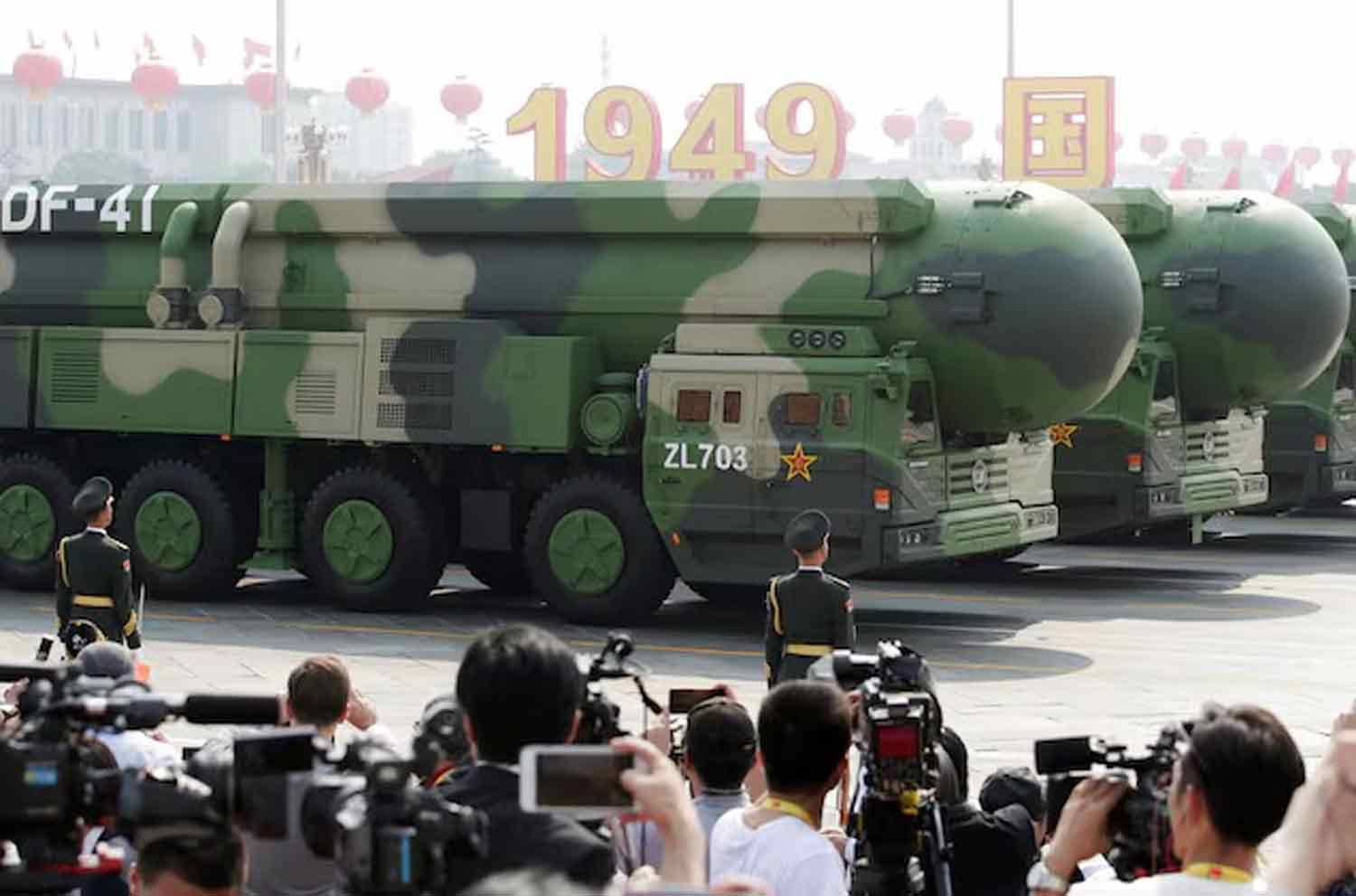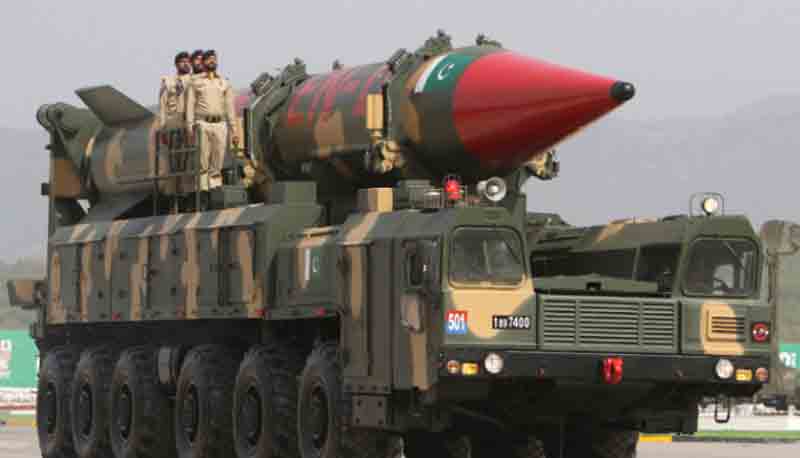On September 17, 2025, Pakistan and Saudi Arabia signed the Strategic Mutual Defense Agreement (SMDA) in Riyadh, a landmark pact that formalizes their decades-long security partnership and sends shockwaves through the Middle East and beyond. Signed by Pakistan’s Prime Minister Shehbaz Sharif and Saudi Crown Prince Mohammed bin Salman, with Pakistan’s Army Chief Field Marshal Asim Munir present, the agreement comes on the heels of the Gulf Cooperation Council’s (GCC) pledge to activate its joint defense mechanisms following Israel’s provocative airstrike on Hamas leaders in Doha on September 9, 2025. Together, these developments signal a seismic shift toward a multipolar Middle East, challenging U.S. dominance and reshaping regional and global security dynamics.
Context: A Region on Edge
The SMDA institutionalizes a historic relationship where Saudi Arabia has provided Pakistan with financial aid (e.g., post-1971 war support) and oil, while Pakistan has offered military expertise, training over 8,000 Saudi personnel since 1967, and potential nuclear deterrence. The pact’s mutual defense clause—treating aggression against one as aggression against both—builds on joint exercises like “Al-Samsam” and Pakistan’s role as a defender of Islam’s holy sites. Its timing is critical, following a brief India-Pakistan conflict in May 2025 and Israel’s unnotified strike in Qatar, which killed six and exposed U.S. unreliability as a security guarantor. Saudi officials frame the SMDA as the “culmination of years of discussions,” but its announcement amid the GCC’s emergency Doha summit on September 15 underscores urgency in a volatile region. The GCC, comprising Saudi Arabia, UAE, Qatar, Kuwait, Oman, and Bahrain, has long relied on collective defense mechanisms rooted in its 2000 Joint Defense Agreement. The Doha summit, condemning Israel’s strike as a “flagrant violation,” pledged to activate these mechanisms, including the Peninsula Shield Force and integrated missile defenses, to counter threats from Iran, its proxies (e.g., Yemen’s Houthis), and now Israel. The SMDA aligns with and amplifies these efforts, positioning Pakistan as a key non-GCC partner.
Importance: A Strategic Power Shift
The SMDA is Saudi Arabia’s first major defense pact outside U.S.-led frameworks, marking a watershed for regional alliances. Its significance includes:
– Deterrence Muscle: Pairing Saudi Arabia’s economic clout with Pakistan’s 650,000-strong military and 170+ nuclear warheads (e.g., Shaheen-3 missiles, 2,800 km range) bolsters deterrence against Iran and Israel, though nuclear sharing remains unconfirmed.
– Economic-Military Synergy: Pakistan gains stability via Saudi investments (e.g., in the $62 billion China-Pakistan Economic Corridor), while Saudi Arabia reduces reliance on U.S. arms (70% of its arsenal).
– Islamic Solidarity: As Sunni powers, the pact projects unity, potentially inspiring a broader “Islamic NATO” with Turkey and Egypt.
– GCC Catalyst: The SMDA complements the GCC’s push for autonomy, encouraging members like UAE and Qatar to explore similar pacts. The GCC’s defense mechanisms, including the Peninsula Shield Force (~40,000 troops), Joint Military Command, and U.S.-backed missile defense systems (Patriot, THAAD), aim to counter Iran’s ballistic missiles and regional aggression. The SMDA enhances these by offering Pakistan’s battle-tested expertise and potential nuclear leverage, signaling a move toward non-Western alliances.
Regional and Global Security Impacts
The SMDA and GCC’s activated defenses reshape multiple theaters:
– Middle East Paradigm Shift: The pact and GCC mechanisms counter Iran and Israel while reducing U.S. centrality (40,000–50,000 U.S. troops in the region). The Doha summit’s call for “tangible measures” post-Qatar strike could unify Arab-Islamic states, but risks escalating proxy wars (e.g., Yemen, Gaza). GCC naval patrols in the Strait of Hormuz and intelligence hubs in Bahrain strengthen deterrence.
– South Asia Dynamics: Pakistan gains leverage against India, but risks drawing Saudi Arabia into Indo-Pak disputes, complicating Riyadh’s $100 billion trade with New Delhi.
– Global Implications: The SMDA challenges U.S. influence, boosting China and Russia’s roles in arms and tech. Nuclear proliferation fears loom, with Pakistan’s arsenal raising escalation risks. Oil markets (Saudi supplies 20% of Pakistan’s needs) face disruption if conflicts spill over.
Aspect | Positive Impact | Risks |
|---|---|---|
Middle East | Enhanced deterrence vs. Iran/Israel; GCC unity | Escalates Israel tensions; strains U.S. ties |
South Asia | Bolsters Pakistan vs. India | Risks Saudi entanglement; India backlash |
Global | Diversifies alliances; non-Western cooperation | Nuclear risks; oil market volatility |
GCC Defense Mechanisms:
Structure and Activation The GCC’s defense frameworks, rooted in the 2000 Joint Defense Agreement, include:
– Peninsula Shield Force: A 40,000-strong joint force, primarily Saudi and UAE troops, mobilized post-Doha to protect borders, especially Qatar and Saudi oil fields.
– Joint Military Command: Based in Riyadh, it coordinates air, naval, and ground operations, overseeing exercises like “Gulf Shield” and missile defense integration.
– Integrated Missile Defense: Links Patriot and THAAD systems to counter Iran’s missiles (e.g., Shahab-3). Post-Doha, UAE and Saudi tested joint radar networks.
– Counterterrorism and Intel: Bahrain’s GCC hub monitors threats from Iran’s Quds Force and Israel’s regional moves, with expanded sharing post-2025. Challenges include intra-GCC rifts (e.g., 2017–2021 Qatar blockade), U.S. dependency (70% of arms), and Peninsula Shield’s limited efficacy (e.g., Yemen). The SMDA addresses these by integrating Pakistan’s expertise, potentially training GCC forces or supplying missile tech.
Reactions and Strategies
United States
No official U.S. response to the SMDA, but a September 16 meeting between CENTCOM’s Admiral Brad Cooper and Saudi’s Defense Minister Prince Khalid bin Salman discussed “defense cooperation.” This suggests routine engagement, not endorsement, amid Saudi frustration over U.S. nuclear tech rebuffs and the unnotified Qatar strike.
Strategy: Reinforce Gulf bases (e.g., Prince Sultan), expedite $60 billion arms sales, and monitor Pakistan’s nuclear role to prevent proliferation.
China
China, Pakistan’s ally via CPEC, sees the SMDA as stabilizing, aligning with its 2023 Saudi-Iran mediation.
Strategy: Offer tech (e.g., JF-17 fighters) to Saudi, expand Belt and Road, and counter U.S. influence without direct involvement.
Israel
Silent officially, Israel views the SMDA as a threat post-Qatar strike, fearing Pakistan’s nuclear reach.
Strategy: Bolster Iron Dome/Arrow defenses, enhance intelligence on SMDA integration, and push U.S. sanctions on Pakistan while leveraging Abraham Accords.
United Arab Emirates
The UAE, silent officially, likely welcomes the SMDA as a GCC deterrence boost, per its Doha summit stance.
Strategy: Explore a Pakistan pact, expand joint exercises, and balance $100 billion India trade with $20 billion Pakistan ties. Speculation of UAE air basing for Pakistan is unconfirmed.
Qatar
Qatar, reeling from Israel’s strike, condemned it at Doha but issued no SMDA statement. Reports suggest interest in a Pakistan pact.
Strategy: Formalize defense ties with Pakistan, expand arms purchases, and push GCC joint defense while preserving U.S. ties at Al Udeid.
Egypt
Egypt neutrally reported the SMDA but worries about nuclear risks.
Strategy: Strengthen Sinai defenses, maintain U.S. aid ($1.3 billion) and Israel peace treaty, and explore OIC coordination without SMDA commitment.
India
India’s Ministry of External Affairs pledged to monitor SMDA implications, viewing it as formalizing Saudi-Pakistan ties.
Strategy: Engage Saudi diplomatically to preserve $50 billion trade, accelerate S-400 and Agni-VI missile deployments, deepen Quad/I2U2 alliances, and diversify oil imports (18% from Saudi).
GCC Defense Trajectory and SMDA Synergy
The SMDA catalyzes GCC defense evolution:
– Short-Term: Mobilize Peninsula Shield, enhance missile defense drills, and integrate Pakistan into exercises (e.g., expanding “Al-Samsam” to UAE/Qatar).
– Medium-Term: Pursue a “GCC-plus” framework with Pakistan, with UAE and Qatar potentially signing bilateral pacts. Pakistan could train GCC forces or supply missile tech.
– Long-Term: Reduce U.S. dependency via Chinese or Pakistani arms, building a unified GCC missile shield by 2030.
Conclusion: A Multipolar Middle East
The Pakistan-Saudi SMDA and GCC’s activated defense mechanisms herald a multipolar Middle East, reducing U.S. dominance and fostering non-Western alliances. While bolstering deterrence against Iran and Israel, they risk nuclear escalation and regional rivalries. As UAE and Qatar eye Pakistan pacts, Egypt stays cautious, and global powers recalibrate, this new axis—fueled by the SMDA and GCC resolve—could redefine the region’s security architecture, with India and others watching closely.
Discover more from Defence Talks | Defense News Hub, Military Updates, Security Insights
Subscribe to get the latest posts sent to your email.





